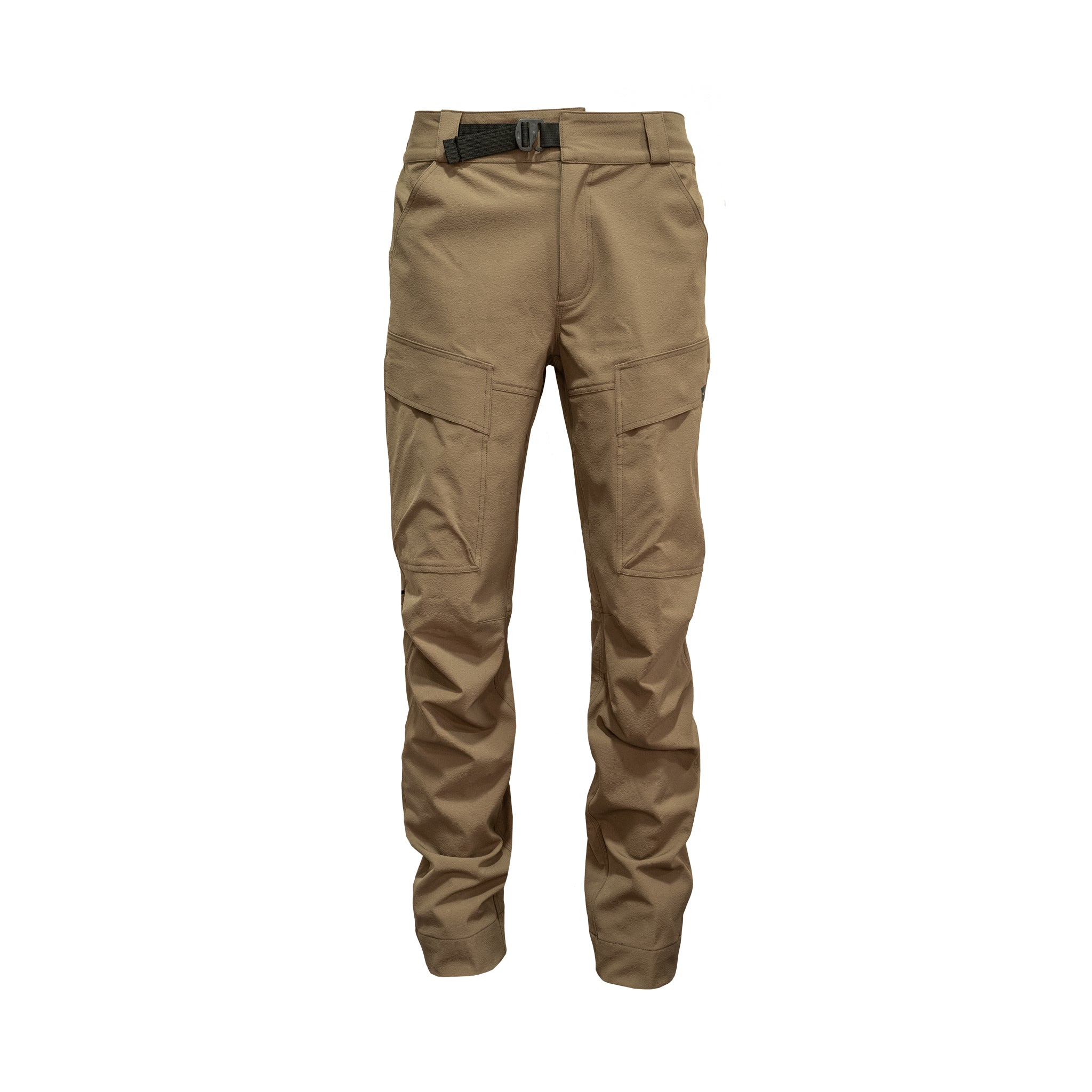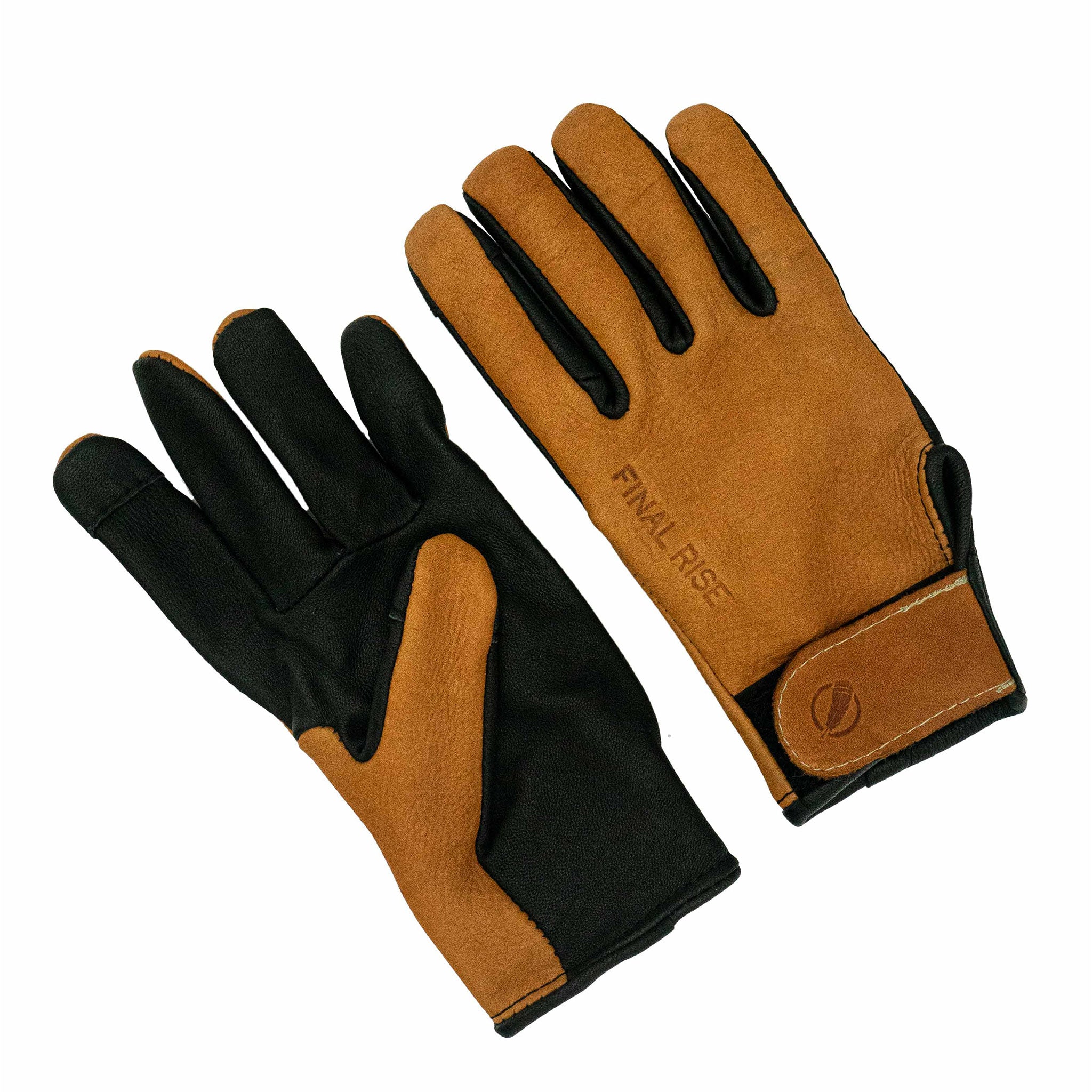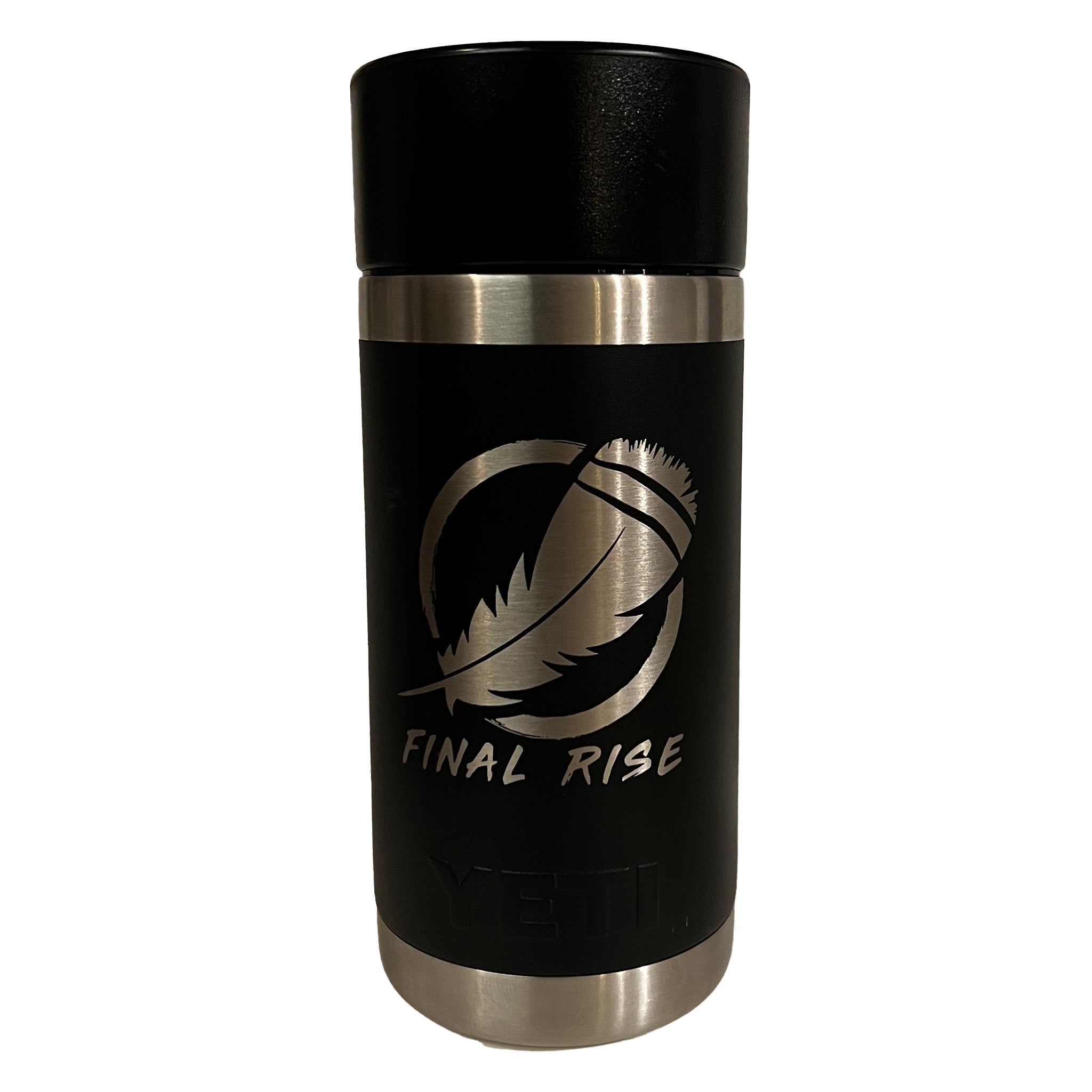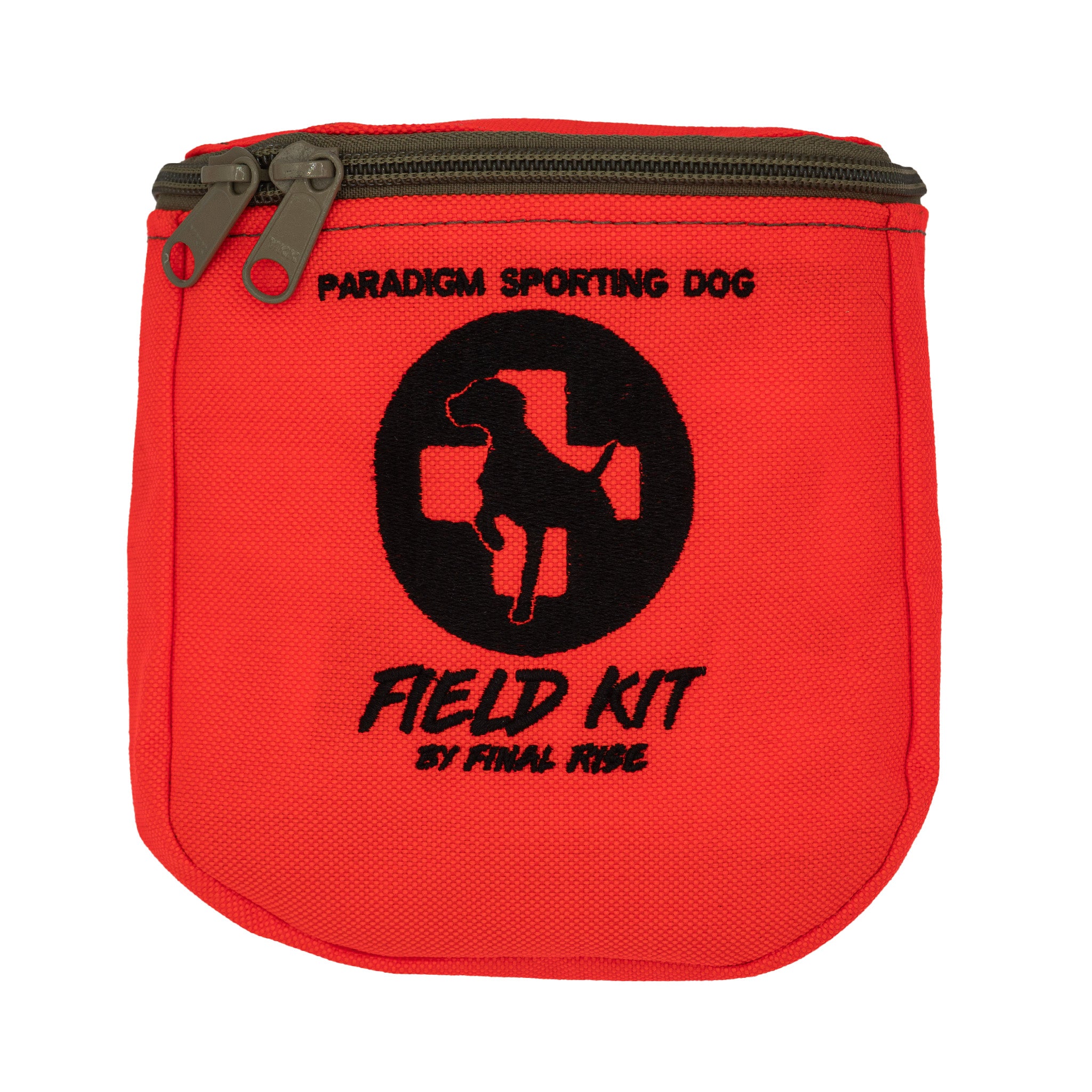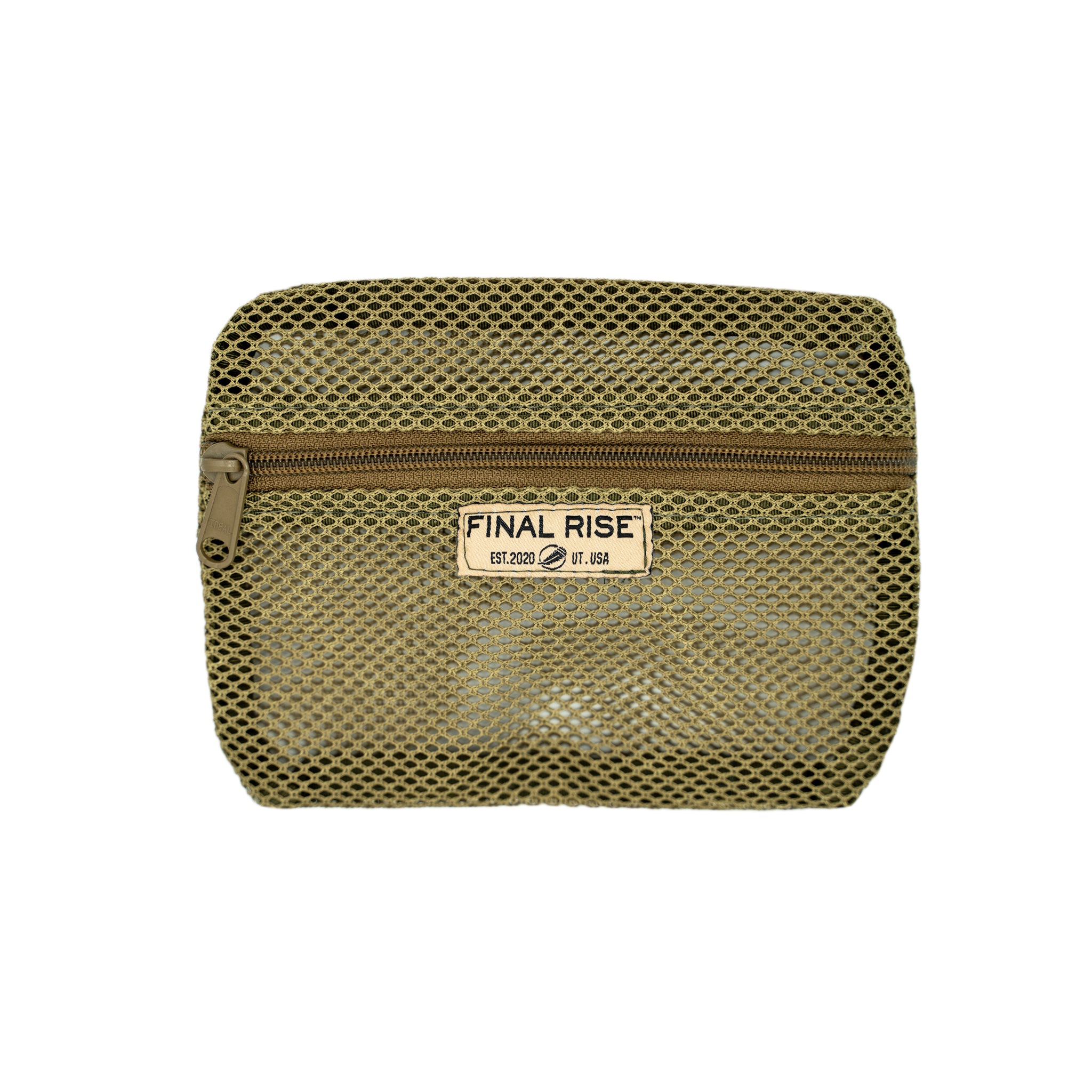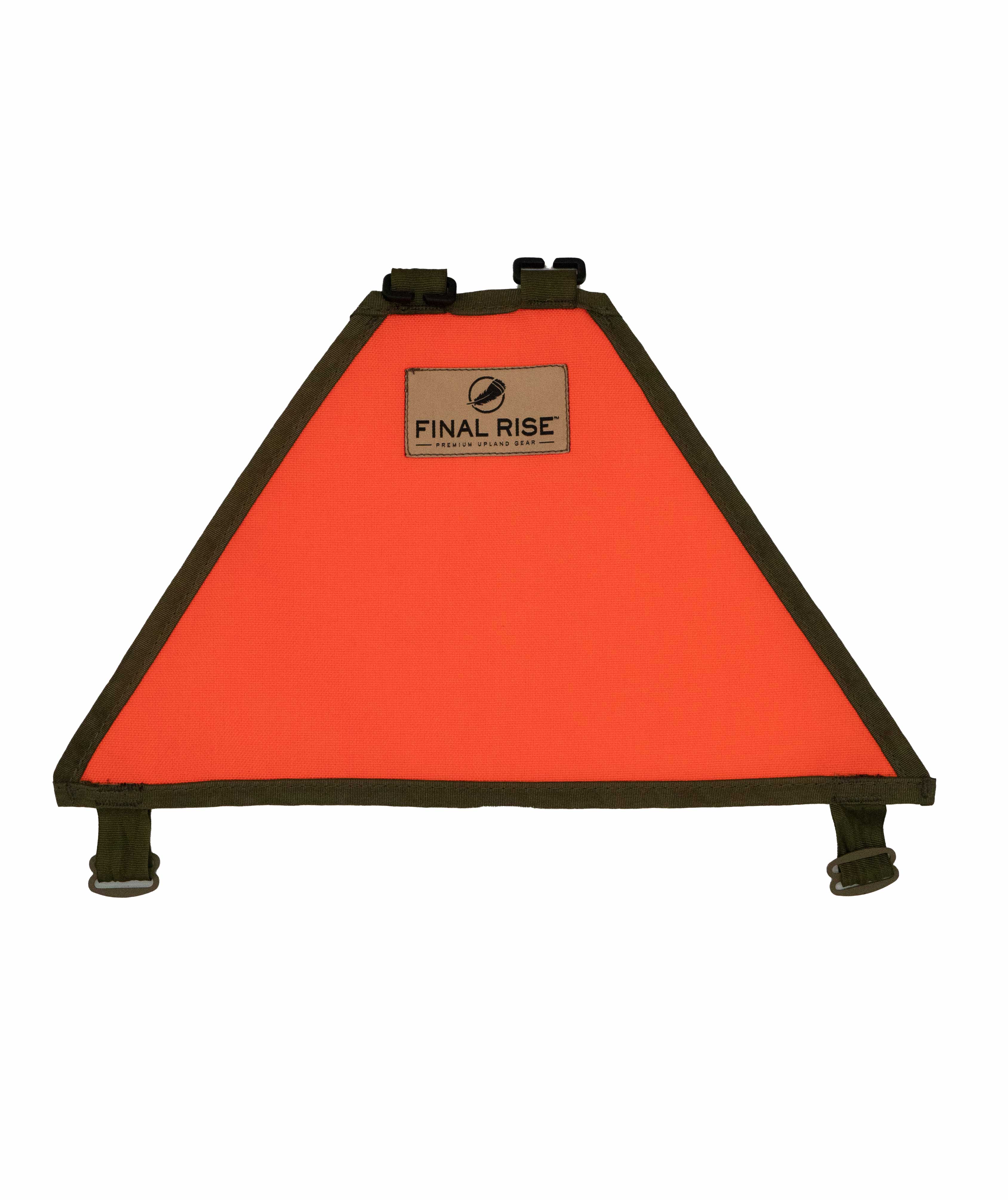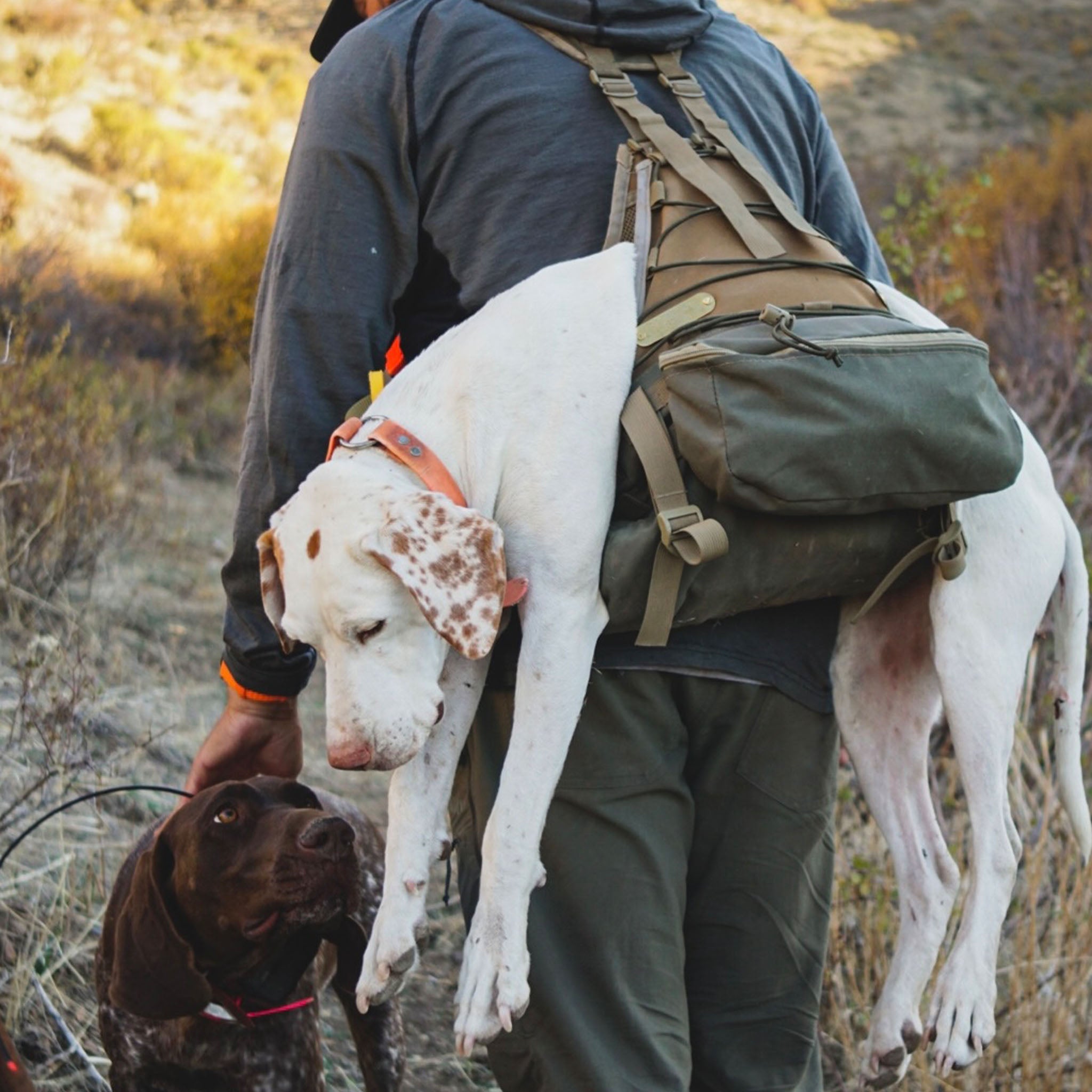
Upland First Aid & Field Preparation

The old saying goes, “Failing to Prepare is preparing to fail”..
While we often think “That could never happen to me” or “That’s a one in a million chance”, the answer is simple. Yes, it could happen to you and one in a million is still a chance.
I can personally admit that I’ve failed to be prepared before. Ignorance is bliss but in those moments of panic, it’s hell. Those learnings are what have shaped my mindset and impacted the gear I carry into the field.
If there’s one hope I have that comes from you taking a moment to skim this article, it’s that you’ll go check your gear and make sure that you’re prepared as we head into fall
Here’s a breakdown of what you’ll find on me anytime I’m dropping dogs and getting ready to head out on a hunt.
Vest:
For the type of hunting I do, our SUMMIT System checks all the boxes. Ample, well thought organization that distributes my gear well and ensures I’m comfortable and ready for birds, if we find them that day.
I wrote a little article here if you’d like a deep dive on how I recommend loading and rigging up your vest.
Aside from the shells, water, snacks and other ‘duh’ stuff that should always be included, lots of folks have found incredible value in our vests (Summit and Legacy models) ability to carry an injured dog.
Aside from not having to leave your gun or other gear behind, being able to comfortably and securely pack your dog is a huge time saver and a lot of times, time isn’t on your side.. And don't scoff at thinking a 40 lb dog isn’t a load to carry.. It’s not like slinging a bag of salt over your shoulder and walking down the stairs. Regardless of your fitness level, it’s a chore.
We’ve been blessed to have countless folks send us pictures of them packing their dogs. From blown pads, to falling down mines, running into rebar or getting caught in snares.. Stuff happens and we feel so grateful and proud to have helped with successful outcomes.
Bottom line.. Make sure your vest has the room for the gear and the ability to support your dog in the case of an emergency. I know the vast majority of us would be heartbroken if something happened to our bird hunting partners in crime.
Communication Device:
More often than not, I gravitate to where my cell phone can’t ring when I’m hunting. No service and a chance to unplug is personal time I greatly value and getting a little ‘me time’ is good for my soul.
Albeit, no service can mean no help if crap hits the fan. Fortunately, modern technology is AMAZING and there are a number of great communication devices available today.
Having used a handful of them over the years, my personal favorite are the Garmin ‘inReach’ products. Now incorporated in the Alpha 200i, this is really a big deal for personal safety. From a broken leg, to sliding off the road or getting lost, help is only a push of the ‘SOS’ button away. I personally know folks that have had their lives saved by this and I know even more folks that their old lady won’t let them leave home without it, myself included.
If you don’t have an Alpha 200i, I can highly recommend the inReach mini. I have one of the originals that I still use today. While I have a 200i, I don't like paying for 2 subscriptions, so I leave my inreach mini on year around. It’s always in my vehicle with me and it’s a smaller and lighter weight option for when I’m hunting big game and don’t need a giant handheld in my pack.
I also constantly tinker with different handhelds and am trying out the alpha 10 mini handheld right now. It’s the same size as the inreach and knowing regardless of which handheld I'm using during hunting, training camp, etc. I always have help at my fingertips.
Get a communication device. It’s cheap insurance.
First Aid:
I was hunting in Washington with a few good friends and a handful of new hunters. All wearing legal requirements of orange, we set off through the creeks in hopes of plucking a few wild roosters from the sky.
After what was an incredible day, a final bird jumped off the point of my young dog, Chief. A gorgeous rooster exploded and started flying down the creek, hoping to escape. Not to be outrun by the gentleman who was on the other side of the bank from me, he took a single shot and folded the bird cleanly.
A moment of excitement came crashing down as we heard from up and to our left one of the party members exclaim they had been hit with a pellet in the face.
We rushed to the hunter and quickly assessed the situation. A single pellet had struck at the top of the cheek. Any higher and it could have been an eye.. Any lower and a broken tooth and maybe more. Regardless, not good.
Fortunately, first aid was readily accessible in my vest and we got things cleaned up the best we could and made our way to the truck where the hunter eventually got it inspected and had to have a 4 shot pellet removed from their cheek.
Now this story is just as much a “safety” story as it is a “first aid” story. First, I’ll clarify that the pellet must have been a ricochet. Having seen where the bird was when it was shot, seeing the shooter shooting straight away and then going to the individual who was struck, the angles didn’t add up and although the hunter was slightly in front of our walking line, the single pellet defied the laws of the universe and went completely rouge.
I don’t think the moral of this story needs to be stated, but again.. Be ready and have your field kit available and if necessary, a more robust kit in the truck or hunting rig.
While I won’t dive into huge specifics, I’ll break down a brief layout of my kit. I always encourage folks to speak to their vets about product recommendations for their dogs and proper dosages to administer if required.
In no particular order, here’s a list of the first aid specific gear that I carry in my vest. All of this with a little repackaging and organization fits perfectly in a Rear Accessory Pouch.
- QuikClot // Rapid bleeding control
- Duct Tape // I roll it around extra batteries
- Electrical Tape // Wrapped Around Duct tape
- VetRap (3M) // Holds bandaging in place
- Eye Wash // Useful for you and the dog
- Trauma Dressing / Pressure Bandage
- Trauma Shears (also helpful when removing dog boots at the truck)
- Moleskin // New boots can betray you and you don’t want to walk miles with blisters
- Superglue // Great for quickly closing cuts
- Vaseline // Helps keep wounds clean prior to bandaging and reduces chances of infection
- Hemostats // Pulling quills, thorns, etc. from dogs and yourself
- Tweezers // Sometimes hemos are too big. Never hurts to have a small set
- Q-Tips // Clean out wounds and applies medical supplies in a sanitary manner
- Space Blanket or Poncho // Cheap, light, tiny and could save your life.
- Honey Sandwich // A great lunch for me, but honey is very helpful in case a dog goes hypoglycemic
- Short Lead // Doubles as a muzzle or way to escort a dog that can walk back to the vehicle
- Bandaids // Great to use over the top of a cut that’s been cleaned and super glued closed to keep the skin together.
- Benadryl // Allergy treatment and safe for dogs if needed
- Paracord // Endless uses.. shoelaces, leash, you name it
- Cable Nips // Depending on the area, if trapping is going on it's always a safe bet to have a pair. Snares don't care what's caught in it and they have one job..
Summary:
From your vest to your first aid, communication device and vehicle, always control as much as you can. Hunting is full of variables and being able to control as many of them as possible should always be a priority.
Stay safe this fall friends and if there’s anything you like to carry in your kit that isn’t listed here, please let us know. We’re all about sharing and helping others stay safe and enjoy our passion to the greatest level possible.
Shoot straight and God bless.

